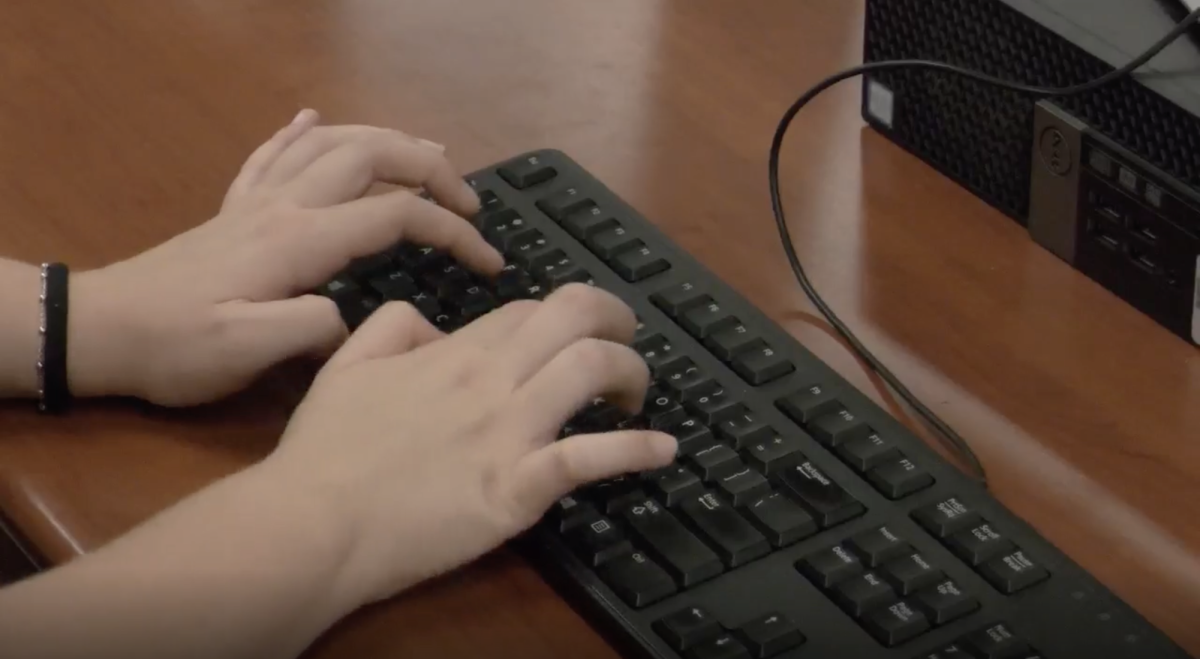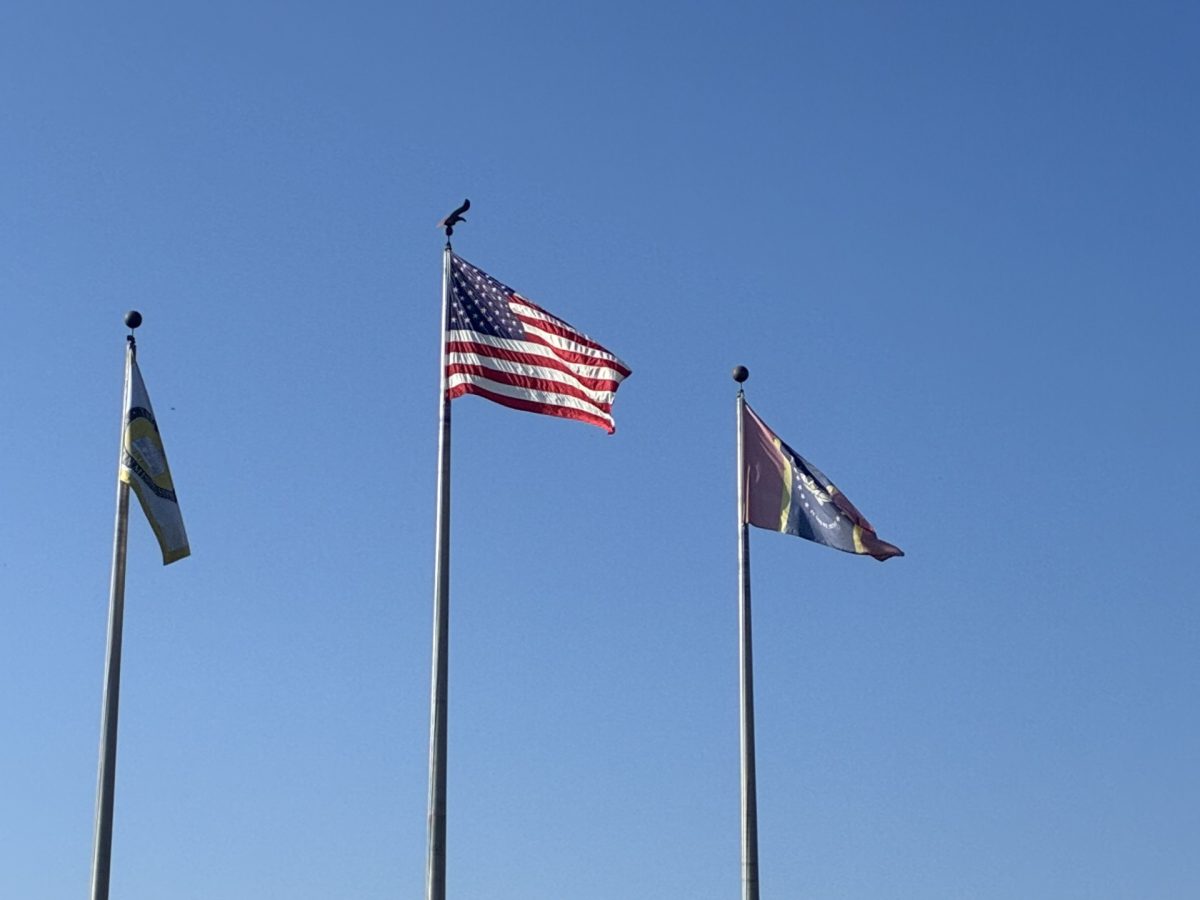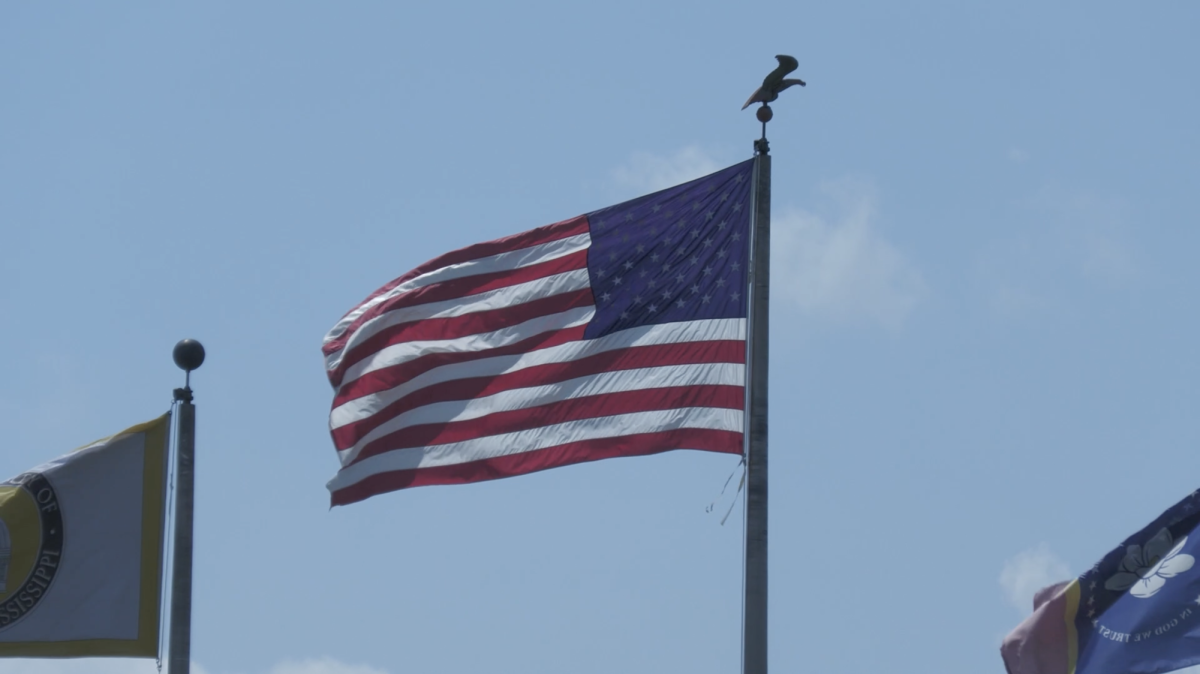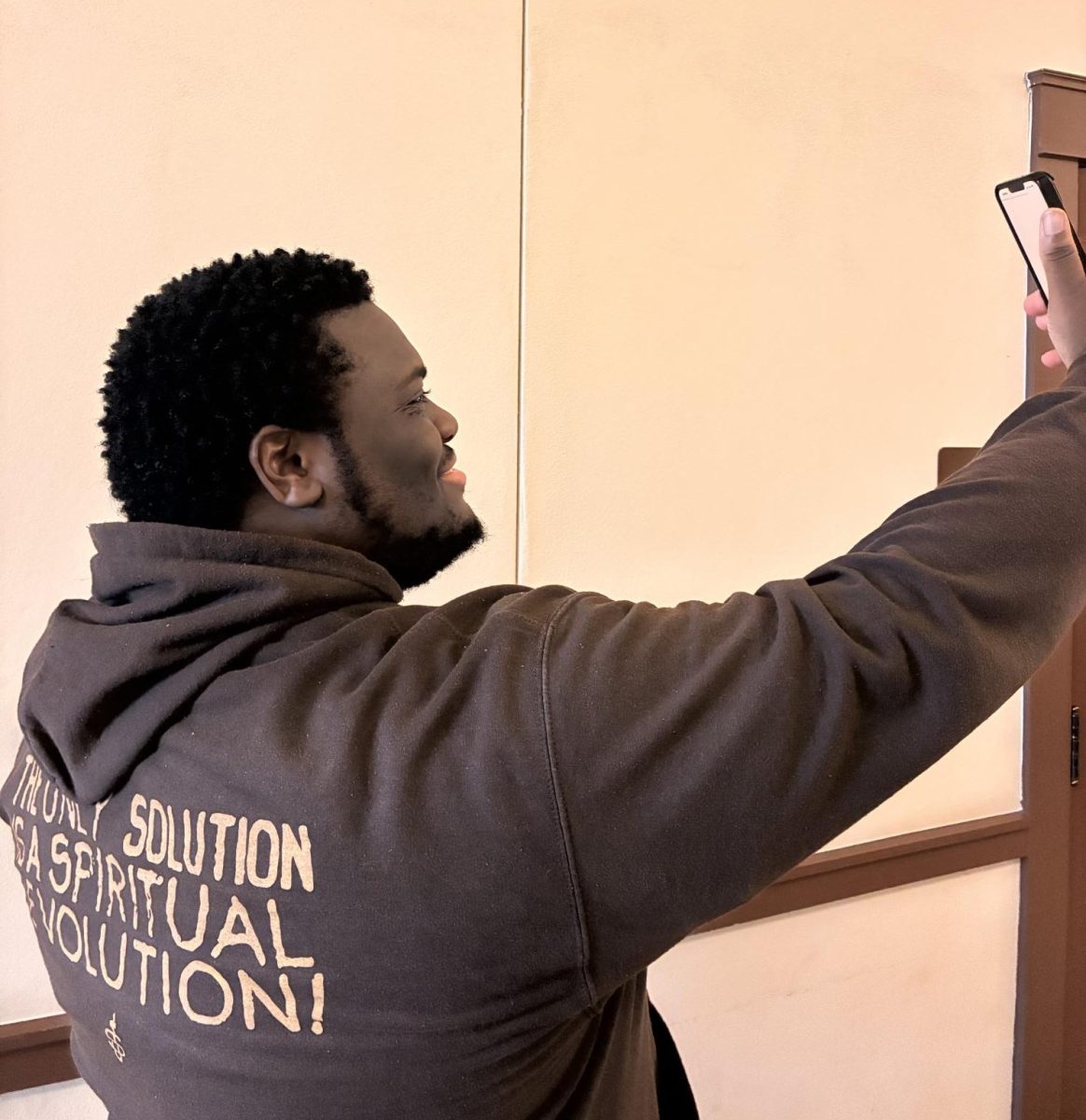The University of Southern Mississippi is making a name for itself as Professor Scott Milroy’s experiments are set to go up on the International Space Station.
Milroy, an associate professor of marine science from the Gulf Coast campus, is conducting a series of experiments with a blue-green algae known as cyanobacteria in an effort to prove that life could exist under martian conditions. The experiment aims to grow the cyanobacteria in conditions as close to those found on Mars as possible. The experiments will be sent aboard the International Space Station in late 2015 for further testing since the conditions surrounding microgravity are impossible to perfectly replicate on Earth.
“The kind of research being done here on the Gulf Coast campus is advancing USM as a leader in STEM (Science Technology Engineering and Mathematics) technology and furthering us as a national leader (in these fields),” Milroy said. “If we can show that life can survive in Martian conditions, that opens up a whole new can of worms as to whether or not life can exist on Mars and whether or not it has in the past.”
The experiment began when NASA’s National Laboratory Education Project sent out a request asking for research proposals that could involve middle school and high school students in the research process. Milroy’s project was one of five projects across the nation that NASA chose for funding.
The ultimate goal of this proposal is to begin cultivating the next generation of STEM researchers and to encourage the youth of the nation to pursue careers in related fields. USM has long been a regional leader in STEM research, and with this opportunity, it can become a true national leader as well.
“There’s still a lot of experimentation that needs to go on. We’re nowhere near done with the scientific research,” Milroy said. “Our next mission is to miniaturize the experiments so the cargo can go up on the International Space Station.”
According to a press release, in addition to gaining national attention for USM, these experiments may also help define the zones of habitability on Mars and provide crucial information about what materials and equipment may be necessary should expeditions to Mars be arranged.
While this experiment may not prove that life currently exists on Mars, it is making a giant leap toward proving that life could indeed survive under martian conditions and furthering possibilities for future colonization of the red planet, and it proves that students of USM should be incredibly proud to attend such an advanced,
involved university.





























